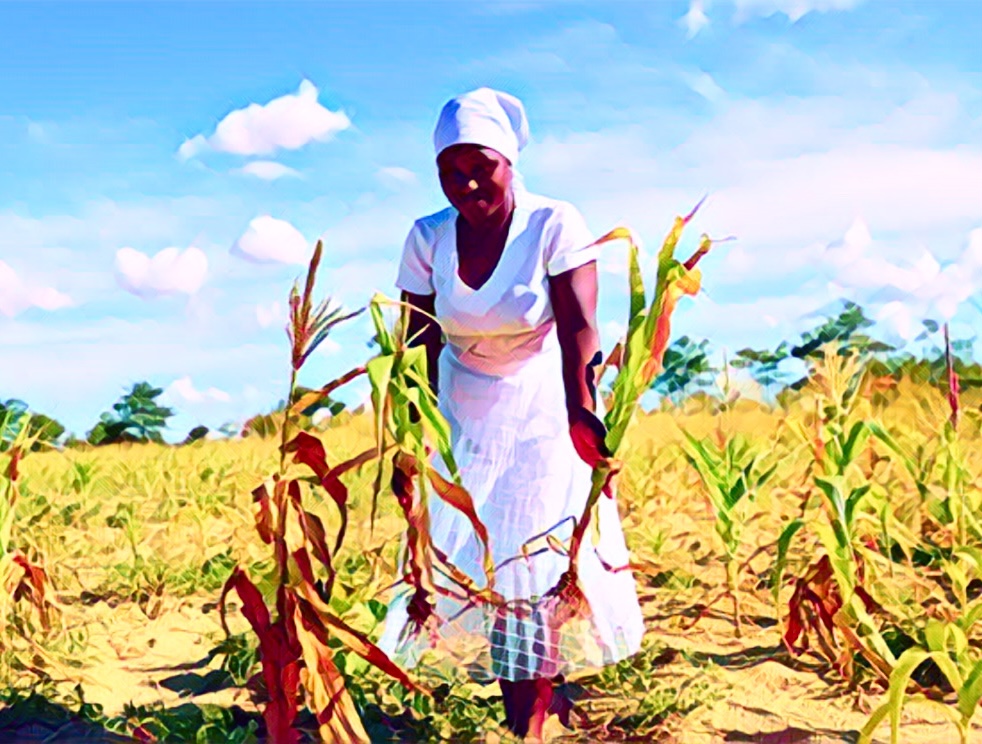KEY POINTS
- Food production rose 2.32%, but food insecurity persists.
- 7.6 million Zimbabweans face hunger risks.
- Manufacturing output grew, but sectors faced mixed results.
Zimbabwe’s food production grew slightly in the second quarter of 2024, increasing by 2.32 percent year-over-year despite severe drought conditions.
The Zimbabwe National Statistics Agency (ZimStat) released its latest Manufacturing Index report, which shows the output index for foodstuffs reached 116.25 in Q2, compared to 113.55 in the same period in 2023.
Zimbabwe faces severe food insecurity despite growth
However, the modest growth has not alleviated the country’s food insecurity challenges, with the El Niño-induced drought significantly reducing crop output.
In August, the United Nations Office for the Coordination of Humanitarian Affairs reported that 7.6 million Zimbabweans are at risk of acute hunger due to the drought.
The World Food Programme projects that by early 2025, six million people could face food insecurity during the peak lean season from January to March.
“The production increase, though positive, underscores an urgent need for agricultural investment and reforms to build resilience against climate impacts,” a ZimStat official said.
The report noted that beverage production surged, with the drinks, beverages, and tobacco index up 45.53 percent from the previous year, reaching 191.39 in Q2.
Overall manufacturing sector output showed solid growth, rising to 135.24, marking a 19 percent increase year-over-year.
Mixed bag for Zimbabwe’s sub-sectors
Sub-sector performance was mixed, reflecting varying resilience across industries. The textiles sector recorded an 8.33 percent output growth, while the clothing and footwear sector edged up by 3.11 percent.
However, the paper, printing, and packaging sector suffered a sharp decline, with its index plummeting 81.03 percent from the previous year. Chemicals and petroleum products saw a robust 90.33 percent year-over-year growth, while non-metallic minerals rose 27.9 percent.
Metals and metal products experienced a 7.63 percent drop year-over-year, with the index falling to 138.85.
The transport equipment sector also faced steep losses, with output down 51.52 percent, reflecting reduced demand and production capacity.
The report, which spans Q1 2022 to Q2 2024, serves as a critical economic indicator, charting sectoral performance amid Zimbabwe’s economic challenges.


